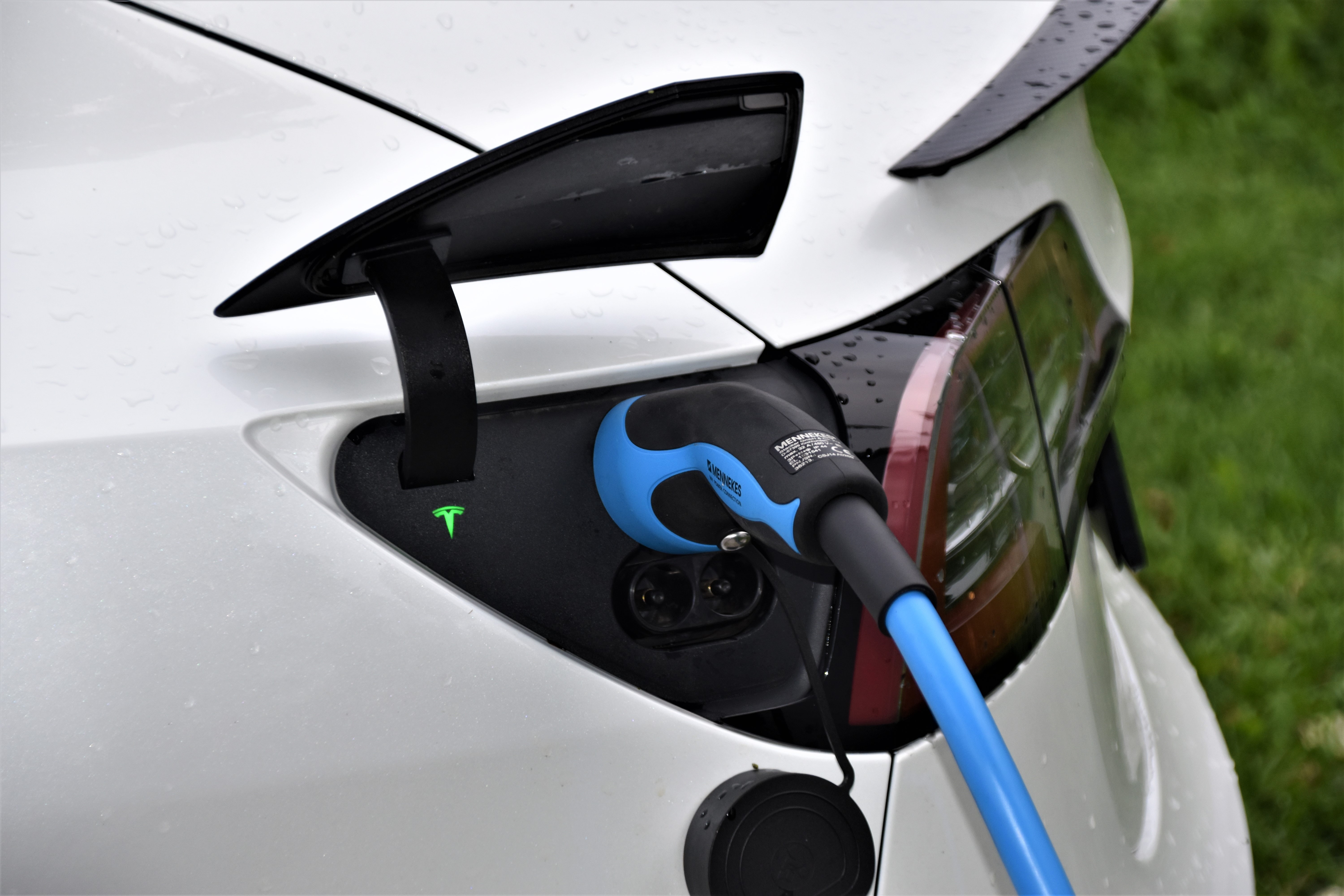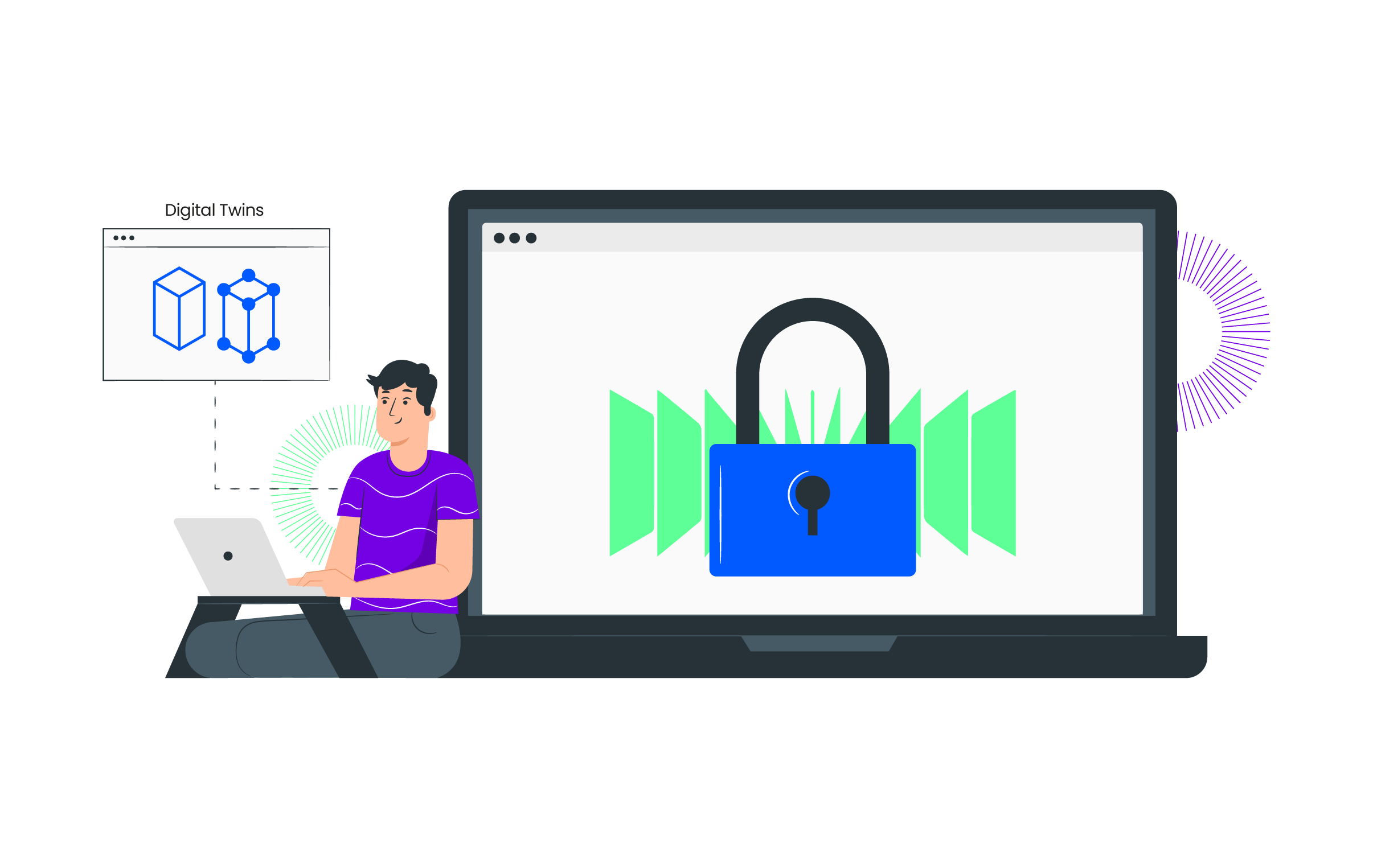What if I told you it only came in black?

Imagine for a minute that you are in the market to buy a new vehicle? You have your heart set on a new convertible, maybe it’s a large SUV for an addition to the family, or it could be a practical everyday sedan. What if it did not have a feature we take for granted to day: a radio for instance? What if the salesman told you it only came in black? Many people would balk, and look for another option.
At the advent of the automobile age, there was not always the number of marque and model options that are offered today, nor the varieties of colors, options, features, and technology. In the early 1900s, consumers were limited by choice. Cars were bespoke: completely hand built. If a customer wanted his new vehicle in burgundy, it was simple to implement because the paint job was bespoke like the rest of the car. This all changed when Henry Ford famously applied assembly line concepts to automotive manufacturing. In order to keep costs low, parts, fit, and finish were standardized. Ford is famously even quoted as saying "Any customer can have a car painted any color that he wants, so long as it is black." With limited choices, consumers had no option other than to purchase black cars.
Industry Challenge

The automotive industry revolves around constant evolution to stay competitive among a crowded field of mature competitors and many electric vehicle startups with lots of venture capital. Consumers increasingly demand the latest technology, manufacturing standards, and creature comforts in their automobiles. The shift to electric vehicles implies an even greater need for manufacturers to revise production. The end result is that as a manufacturer, you must be ready to change what you do today and pivot to stay competitive in such a wide field of competition.
BIM, the path to efficiency
There is a reason that factories run on a shift work schedule. As an asset operator, production time is profit. Turnarounds and updates to equipment are a way of life. Minimizing these disturbances to operation is key, BIM is the key to efficiently revising production capabilities.
Before a single piece of equipment moves, it’s essential to understand your site. How are you storing information about your facilities and equipment today? Is that digitized and easily accessible? According to McKinsey, we have the opportunity to improve productivity by 25% during design and construction. If your assets are not digitized, there is an opportunity for gained efficiencies. With contemporary laser scanning technology, this process is easier than ever. Even large factories can be scanned and modeled in a matter of weeks to months.
If your team already has virtual models of your facilities, are they easy to access and view, or do you spend time searching around for information when planning for needed changes? The average employee spends 19% of their day searching for documents. Is it time to review your BIM data ecosystem and strategy?
If you already have a solid BIM ecosystem and assets in order, it’s time to move on to bigger wins. During design and construction, the work of multiple people is combined. Multiple parties (especially if you are a multi-national company with interconnected operations) involved in a project can lead to difficulties with coordination and information sharing. Virtual Design and Construction (VDC) goes beyond simple clash detection. A good foundation of work during the VDC stage can help identify constructability issues, optimize project sequence and schedule, but also adjust material types and layout while tying your projections and budget to local labor rates.
Are you using the latest features and functionality in the tools you have? When considering layouts, are you using the power of automation in generative design tools to quickly create and parse through permutations, or is this effort more manual? Platforms are on the rise as the industry moves away from point solutions.
Do you have workflows where you export data from one system and into another?
The benefits don’t end when the renovation is complete, or the new facility lives. As an asset owner, you want to know which of your spaces are operating the best and identify areas that are ripe for improvement. Did you know, BIM data can be tied to other systems such as your BMS, ERP, or EMIS? Your stakeholders increasingly demand access to information: What if your sustainability team could tie Energy Analysis models to BIM so you can better understand the whole-life cost of assets to support facility management & operation?
It is time. Time to erase the idea that BIM is only applicable to architects and engineers in the construction industry. Is your company ready to take the next step in the digital revolution?
Want to learn more about how Voyansi is helping digitize automotive manufacturing spaces?


